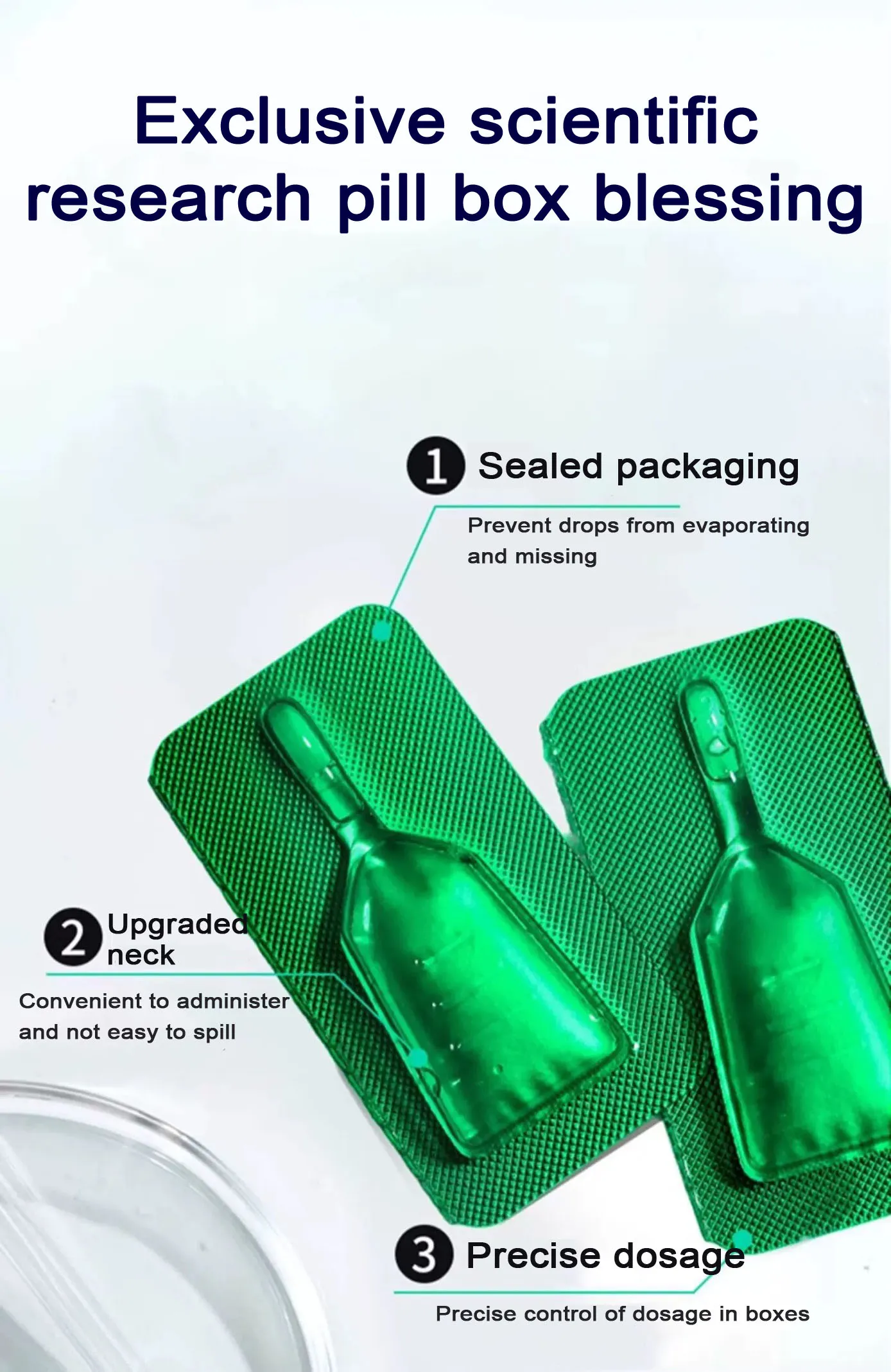- Afrikaans
- Albanian
- Amharic
- Arabic
- Armenian
- Azerbaijani
- Basque
- Belarusian
- Bengali
- Bosnian
- Bulgarian
- Catalan
- Cebuano
- Corsican
- Croatian
- Czech
- Danish
- Dutch
- English
- Esperanto
- Estonian
- Finnish
- French
- Frisian
- Galician
- Georgian
- German
- Greek
- Gujarati
- Haitian Creole
- hausa
- hawaiian
- Hebrew
- Hindi
- Miao
- Hungarian
- Icelandic
- igbo
- Indonesian
- irish
- Italian
- Japanese
- Javanese
- Kannada
- kazakh
- Khmer
- Rwandese
- Korean
- Kurdish
- Kyrgyz
- Lao
- Latin
- Latvian
- Lithuanian
- Luxembourgish
- Macedonian
- Malgashi
- Malay
- Malayalam
- Maltese
- Maori
- Marathi
- Mongolian
- Myanmar
- Nepali
- Norwegian
- Norwegian
- Occitan
- Pashto
- Persian
- Polish
- Portuguese
- Punjabi
- Romanian
- Russian
- Samoan
- Scottish Gaelic
- Serbian
- Sesotho
- Shona
- Sindhi
- Sinhala
- Slovak
- Slovenian
- Somali
- Spanish
- Sundanese
- Swahili
- Swedish
- Tagalog
- Tajik
- Tamil
- Tatar
- Telugu
- Thai
- Turkish
- Turkmen
- Ukrainian
- Urdu
- Uighur
- Uzbek
- Vietnamese
- Welsh
- Bantu
- Yiddish
- Yoruba
- Zulu
Dec . 29, 2024 23:39 Back to list
Colistin Sulfate Antibiotic and Its Role in Treating Multidrug-Resistant Infections
Colistin Sulphate Antibiotic An Overview
Colistin sulphate, a polypeptide antibiotic, has seen a resurgence in the clinical setting as a last-line treatment for multidrug-resistant Gram-negative bacterial infections. Originally discovered in the 1940s, colistin was largely abandoned during the 1970s due to the development of nephrotoxic effects, along with the advent of newer, less toxic antibiotics. However, the rise of antibiotic resistance has forced healthcare professionals to reconsider its use, making it a critical player in the modern antibiotic arsenal.
Mechanism of Action
Colistin acts by disrupting the bacterial cell membrane. It binds to lipopolysaccharides (LPS) in the outer membrane of Gram-negative bacteria, leading to increased membrane permeability and eventual cell death. This mechanism makes colistin particularly effective against bacteria that have developed resistance to more common antibiotics. However, its action is primarily effective on Gram-negative bacteria and has little to no effect on Gram-positive organisms.
Clinical Applications
Colistin sulphate is primarily used to treat infections caused by multidrug-resistant organisms, such as Pseudomonas aeruginosa and Acinetobacter baumannii. These bacteria are notorious for their resilience against many standard antibiotics, posing significant challenges in healthcare settings, particularly among immunocompromised patients or those with severe underlying conditions. The reintroduction of colistin has provided a means to combat these tough infections, albeit with caution due to its side effects.
In clinical practice, colistin may be employed for severe infections like pneumonia, urinary tract infections, and bloodstream infections caused by resistant strains. It is often used in combination with other antibiotics to enhance efficacy and reduce the likelihood of resistance development.
Safety and Adverse Effects
colistin sulphate antibiotic

Despite its effectiveness, the use of colistin comes with risks. The most significant concern is nephrotoxicity, where the drug can cause kidney damage, especially when used in higher doses or prolonged treatment courses. Neurological side effects have also been reported, including dizziness, confusion, and even respiratory embarrassment in some cases. Because of these risks, careful monitoring of renal function and drug dosing is essential during treatment with colistin.
Given the rising concerns over its toxicity, there has been an emphasis on optimizing the dosing regimen. Research suggests that lower doses administered over extended periods may decrease the risk of nephrotoxicity while maintaining therapeutic effectiveness. Furthermore, patient selection is critical; clinicians often weigh the benefits and risks before initiating colistin therapy, ensuring that it is reserved for cases where no viable alternatives exist.
Resistance and Future Perspectives
The emergence of resistance to colistin itself, particularly through the mcr-1 gene, has been reported globally, raising alarms about the future efficacy of this antibiotic. The mcr-1 gene can be transferred between bacteria, enabling traditional Enterobacteriaceae to acquire resistance to colistin. This scenario accentuates the need for diligent stewardship practices, appropriate antibiotic use, and ongoing surveillance to track resistance patterns.
As such, research into alternative therapies and adjunctive treatments is paramount. Advances in molecular techniques may lead to the identification of new antibiotics, or the repurposing of existing medications could help mitigate the public health threat posed by resistant organisms. In addition, continued education and awareness campaigns are necessary among healthcare providers and the public regarding the responsible use of antibiotics.
Conclusion
Colistin sulphate represents a potent weapon in the fight against multidrug-resistant bacterial infections. With its reintroduction into clinical practice, it offers hope but also highlights the complexities of antibiotic use in a world increasingly troubled by resistance. As researchers seek new solutions, the cautious use of colistin remains essential, emphasizing the delicate balance between treating infections effectively and managing the risks of toxicity and resistance. As antibiotic stewardship practices continue to evolve, the medical community must remain vigilant in safeguarding the effectiveness of colistin and other critical antibiotics for the future.
-
Guide to Oxytetracycline Injection
NewsMar.27,2025
-
Guide to Colistin Sulphate
NewsMar.27,2025
-
Gentamicin Sulfate: Uses, Price, And Key Information
NewsMar.27,2025
-
Enrofloxacin Injection: Uses, Price, And Supplier Information
NewsMar.27,2025
-
Dexamethasone Sodium Phosphate Injection: Uses, Price, And Key Information
NewsMar.27,2025
-
Albendazole Tablet: Uses, Dosage, Cost, And Key Information
NewsMar.27,2025













